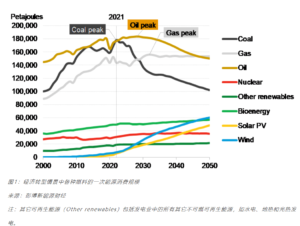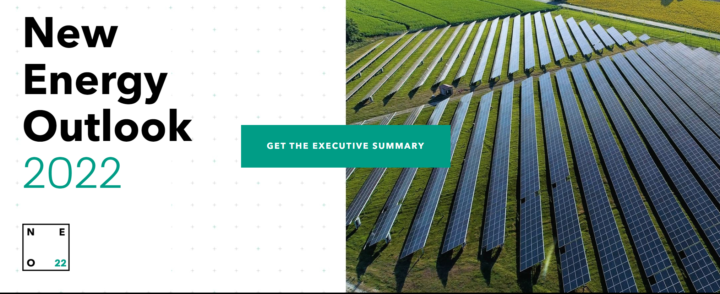BNEF: The new scenario of energy and climate shows that there is still hope to achieve the goals of the Paris Agreement
Bloomberg New Energy Finance’s 2022 New Energy Market Long term Outlook Report shows a feasible path for the world to achieve net zero in the middle of this century.
Bloomberg New Energy Finance (BNEF) released the 2022 New Energy Market Long term Outlook Report. The report points out that if the government and enterprises take decisive action to transform to low-carbon energy technology, there is still a feasible path to achieve global temperature rise far below 2 degrees Celsius as planned. This report was released after the 27th Conference of the Parties to the United Nations Framework Convention on Climate Change (COP27). The meeting did not make substantive breakthroughs in tackling global warming.
The global energy crisis has driven the prices of coal and natural gas to rise significantly, making renewable energy more competitive than coal and gas power generation in many regions of the world. Many countries and regions are accelerating the pace of transition to clean energy to strengthen the guarantee of energy security.
The Economic Transformation Scenario (ETS) assumes that no new policy actions have been taken to accelerate the clean energy transition. Compared with the benchmark scenario without transformation, in this scenario, the rapid growth of renewable energy and the electrification of the transportation industry will reduce the global energy related emissions by about half in 2050. As the cost of wind power, photovoltaic and battery technologies has decreased significantly in the past 10 years (this trend was interrupted during the current inflation crisis, but will recover after the crisis), these technologies can win by virtue of their own advantages without additional subsidies.
In the economic transformation scenario, wind power and photovoltaic will account for about two-thirds of the global power generation by 2050. In the next 30 years, it is estimated that the world’s new installed power generation capacity will be 23TW, of which wind power, photovoltaic and battery energy storage will account for an overwhelming 85%. By 2050, electricity sector emissions will be reduced by 57%; Driven by the transformation of the road transportation field to new energy vehicles, the overall emissions of the transportation industry decreased by 22%. Global coal and oil and gas consumption will both reach the peak in the next 10 years, of which coal will soon reach the peak and then begin to decline, while oil and gas will show similar trends in 2028 and the early 1930s respectively.

Despite the rapid growth of clean energy, there is still a considerable gap between the scenario of economic transformation and the realization of net zero in the middle of this century. By 2050, although the emissions will be reduced by 29%, the combustion of coal and oil and gas without carbon capture devices will still emit 24.6 billion tons of carbon dioxide to the atmosphere every year. This will lead to a global temperature rise of 2.6 degrees Celsius, and the goal of the Paris Agreement will not be achieved.
Source: BNEF



